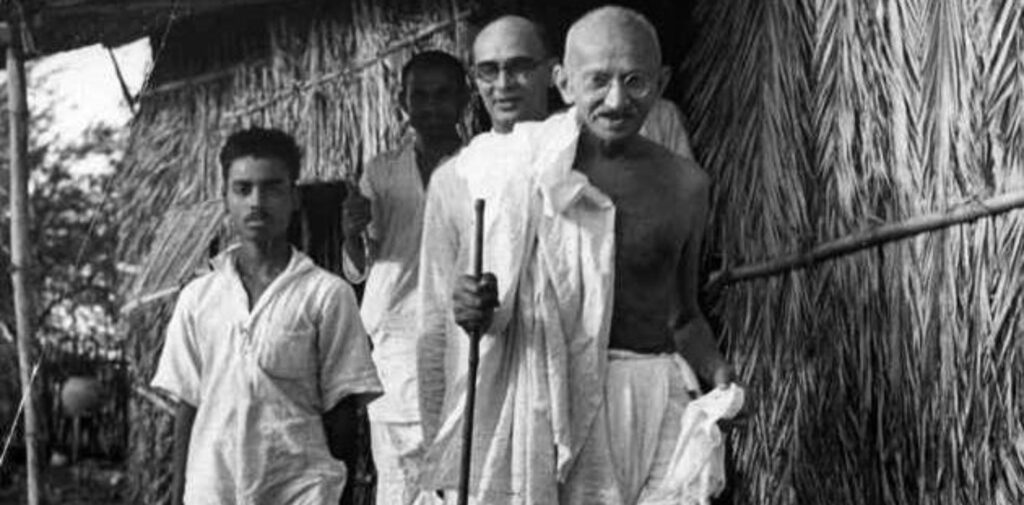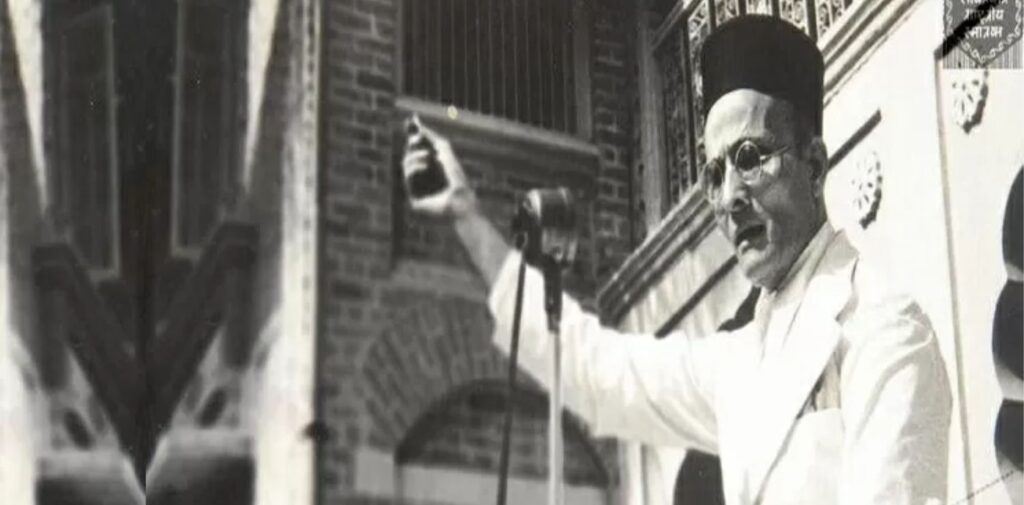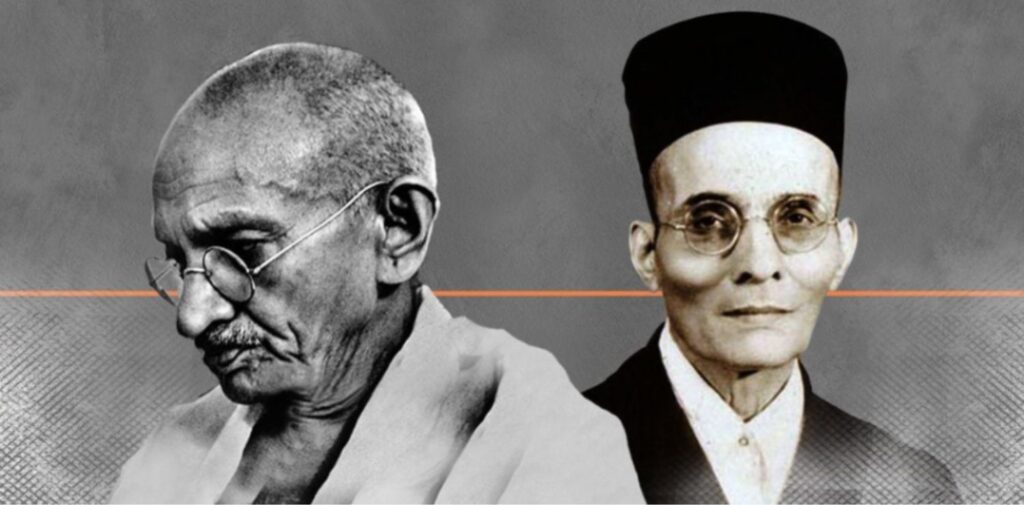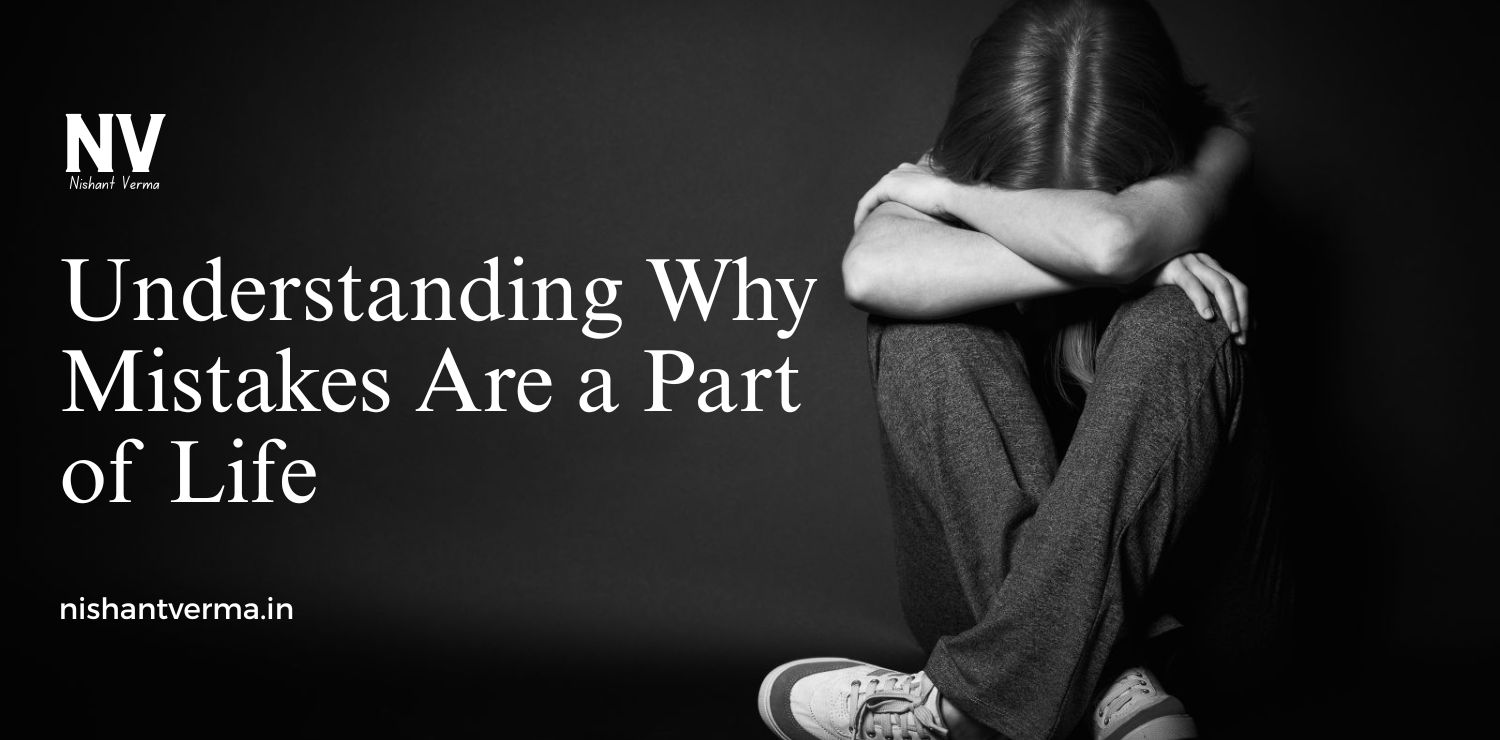Casteism has been a deeply entrenched issue in Indian society for centuries. During the Indian freedom struggle, two of the most influential figures—Mahatma Gandhi and Veer Savarkar—held differing views on how to tackle this social evil. While both were committed to India’s independence, their approaches to casteism were starkly different. Gandhi, known for his advocacy of Ahimsa (non-violence) and the upliftment of the so-called “untouchables,” was more moderate in his approach.
On the other hand, Veer Savarkar, a revolutionary and social reformer, advocated for a more radical and structural overhaul of the caste system. In this article, we will explore the perspectives of Veer Savarkar vs Gandhi and analyze why Veer Savarkar’s views on casteism were more practical and forward-thinking than Gandhi’s.
Gandhi’s Approach: “Harijans” and Caste Reforms
Mahatma Gandhi is often remembered for his compassionate stance on the plight of the untouchables, whom he called “Harijans” or “children of God.” Gandhi believed that casteism was an evil practice that needed to be eradicated. However, his efforts focused more on reforming Hindu society through moral persuasion rather than structural change. He worked hard to improve the living conditions of untouchables, seeking to integrate them into mainstream society by promoting their right to enter temples, use public wells, and access the same resources as upper-caste Hindus.
Gandhi’s position, however, was rooted in his deep attachment to Hinduism and its reform rather than its abolition. He believed that by changing people’s attitudes and making them realize the sinfulness of untouchability, the caste system could gradually fade away. He even made personal sacrifices, such as boycotting temples that did not allow untouchables, and encouraged social campaigns like “Sarvajan Hitay” (for the welfare of all). But, despite these efforts, Gandhi never called for a radical restructuring of the caste system.

Veer Savarkar’s Radical View on Caste
Veer Savarkar, a leading freedom fighter and intellectual, took a very different stance on casteism. Unlike Gandhi, Savarkar viewed the caste system as something that was deeply rooted in the very structure of Hindu society. For Savarkar, casteism was not just a matter of social discrimination—it was an inherent and systemic injustice that perpetuated untouchability and inequality in every facet of life.
In his influential work, “The First War of Indian Independence 1857,” and his later writings, Savarkar explicitly called for a complete dismantling of the caste system. He understood that untouchability and caste oppression were not merely cultural relics but were tightly interwoven with the social, political, and economic fabric of India. He argued that if India wanted to become truly free and progressive, it needed to break free from the shackles of caste-based hierarchy.
The Root Cause: Social and Political Stratification
Savarkar believed that casteism was not just a social ill but a political tool that divided and weakened Hindu society. For him, the caste system was a system of social and political stratification designed by the elites to control power and resources. He argued that the British colonial rulers had exacerbated the caste divide to keep the Indian population divided and weak, thus preventing the rise of a united nationalist movement.
Savarkar’s criticism of casteism was not limited to just the untouchables. He also attacked the so-called “upper castes” who perpetuated this system of oppression for their benefit. He was particularly vocal against those who continued to uphold the caste system under the guise of religion or tradition. Savarkar, therefore, called for a total abolition of caste as a social institution. His radical reformist approach went beyond moral arguments to include political and economic changes that would ensure equality for all citizens, regardless of their caste.

Savarkar’s Social Reforms: More than Just Words
Savarkar’s commitment to the eradication of casteism was reflected in his actions as well. While Gandhi focused on moral persuasion and religious reforms, Savarkar sought practical and structural reforms. He was a vocal advocate of inter-caste marriages, which he believed would help break down caste barriers by fostering social integration. He also believed in the empowerment of the “untouchables” by encouraging them to take part in the mainstream activities of society, including education, employment, and political participation.
Unlike Gandhi, who was more inclined to work within the framework of traditional Hindu society, Savarkar was willing to challenge and criticize the core practices and beliefs that underpin the caste system. He viewed Hinduism as a religion that could adapt and evolve, shedding outdated practices that perpetuated inequality. For Savarkar, the caste system was a distortion of the true values of Hinduism and needed to be reformed, not preserved.
Veer Savarkar vs Gandhi: Key Differences
While both leaders were committed to the idea of social justice, their methods and goals were very different. Gandhi’s approach was more gradual and conciliatory. He believed that Hindu society could be reformed through non-violent means, appeals to conscience, and moral education. He was deeply influenced by his belief in the sanctity of Hinduism, which led him to work within the confines of the religion, hoping to reform it from within.
Savarkar, on the other hand, was more radical in his vision. He recognized the caste system as a deep-rooted social evil that required confrontation. He believed that social reform had to be coupled with political change and economic empowerment. He was not afraid to criticize the caste system in its entirety, and his views were not limited by religious dogma. Savarkar was committed to a vision of India where all people, irrespective of caste, would have equal opportunities to thrive.

The Legacy of Their Views on Casteism
Gandhi’s efforts to eliminate caste-based discrimination had a lasting impact on India’s social and political fabric. His campaigns brought significant attention to the plight of the untouchables, leading to important legal and social changes. His idea of non-violence and moral persuasion laid the foundation for a future where caste-based discrimination could slowly be eradicated.
However, Gandhi’s focus on gradual change left many problems unresolved. Caste-based discrimination continues to persist in various forms, despite legal protections and social reforms. Critics argue that Gandhi’s emphasis on gradual social change failed to address the systemic nature of casteism, allowing it to remain entrenched in many parts of Indian society.
In contrast, Savarkar’s radical approach to caste reform was rooted in the belief that casteism could not be eliminated through mere moral appeals but required a total overhaul of Hindu society. His focus on the dismantling of caste as a political and social system makes his approach more relevant in today’s context, where caste-based inequalities are still rampant in Indian society.
Conclusion: Why Savarkar’s Approach Was Right
While Gandhi’s focus on moral reform and non-violence was important in raising awareness about caste-based injustice, it was Savarkar’s radical critique of the caste system that offered a more practical and long-lasting solution. Savarkar recognized that casteism was not just a moral issue but a deep-rooted social, political, and economic problem. His emphasis on the abolition of caste as a system of hierarchy and oppression, coupled with his advocacy for social and political rights for all, offers a more comprehensive framework for tackling caste-based discrimination.
Savarkar’s vision of a caste-free society, where every individual would be treated equally, regardless of their birth, remains a powerful and timely call for social justice. In the ongoing fight against casteism, his bold, progressive stance is a beacon for those who seek not just moral reform, but real, transformative change.




